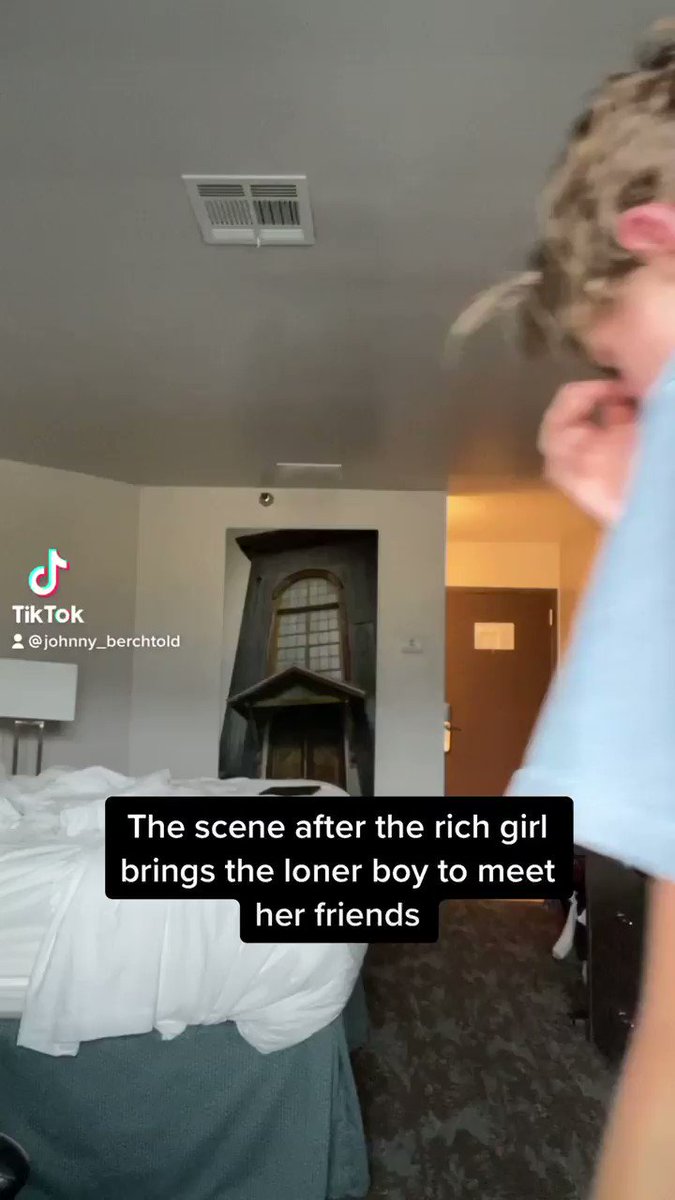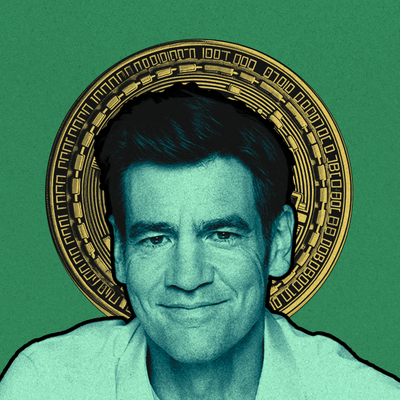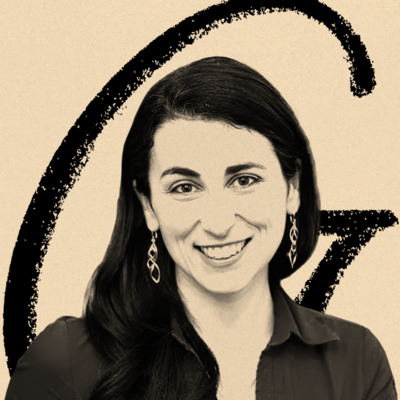
Welcome to another edition of Cyberbits—a bi-weekly column on all things internet culture, from TikTok trends to random corners of Reddits to secret online subcultures. I send out Cyberbits in between working on longer essays.
What I Wrote This Week
Yesterday, I published a long-form piece on The Blurred Lines of Parasocial Relationships. I dove into the phenomenon of these one-sided relationships between fans and entertainers that were first described by Donald Horton and Richard Wohl in 1956:
“The interaction, characteristically, is one-sided, nondialectical, controlled by the performer, and not susceptible of mutual development.”
Since then, this dynamic has only become more pronounced and widespread with the rise of reality television and the rise of the internet influencer that followed. Both primed us to expect and even demand intimacy—personal stories, private confessions, embarrassing stories—as entertainment.
For online creators, sharing intimate life details is now part of the job description, creating closeness with strangers. But social media has changed parasocial relationships in a key way: more and more, creators are reciprocating—responding to comments on Instagram, stitching TikToks from fans, and sharing shoutouts on live streams. This, and the eagerness of platforms to commoditize parasocial relationships for cash, has led to a disappearing divide between “fans” and “friends”.
Read the article in full for a deep dive into these virtual relationships, how social media platforms like YouTube, TikTok, Twitch, and OnlyFans are helping deepen them, and the consequences for both creators and their fans.
For Members
A paid subscription to this newsletter gets you access to weekly editions of Cyberbits, members-only posts like my interview with the creator of a Discord community with 150K+ members, as well the entire Every bundle of newsletters and podcasts, including Glassy, Means of Creation, The Long Conversation, Talk Therapy, Napkin Math, and many more!
You’ll also get access to our Discord where we’re chatting about the reasons behind burnout, the growing phenomenon of play-to-earn gaming, and the disappearance of Twitter’s Fleets feature.
If you want to pay for only my newsletter, just reply and let me know!
Are Writers Part of the Parasocial Economy?
With feelings ranging from eager excitement to kicking-and-screaming, writers are joining the creator economy.
The concept of being paid directly by your readers over the internet is a promising proposition for many authors at a moment where traditional publishing is less than lucrative: The New York Times reports that “98 percent of the books that publishers released in 2020 sold fewer than 5,000 copies.”
Tim Ferris, the best-selling author behind books like The 4-Hour Workweek and The 4-Hour Body, once issued words of caution for people who look at him and see a path to financial freedom through writing: he’s wealthy because of his angel investments, not his books.
The creator economy is being sold as an alternative option for writers disinterested in being starving artists or eager to pursue the opportunity to earn more outside of legacy institutions that seemingly underpay.
Substack, a newsletter platform, raised $65M at a valuation of $650M, following Twitter’s acquisition of Revue and preceding Facebook’s launch of Bulletin. These investments in newsletter platforms for independent writers signal that audiences are willing to pay for writing, disrupting the ad-centered model. While many of Substack’s most popular writers have built their audiences through employment at legacy media institutions, porting their audience with them when they left, the platform is quick to highlight stories of the writer making $300K after 18 months or of Heather Cox Richardson, the break-out star at the top of the Substack leaderboard with a day job as professor at Boston College, writing Letter from an American.
But alongside being paid like creators—skirting legacy institutions in favor of audience support—many writers are acting like creators too.
Some of today’s most popular writers—authors, journalists, newsletter writers—have leaned into a way to navigate the economic realities of writing: influencing. In 2019, Allegra Hobbs wrote about writers as influencers and a bend towards social media personas driven by economic anxiety:
“...to be a writer today is to make yourself a product for public consumption on the internet, to project an appealing image that contextualizes the actual writing.”
This is specifically the case for journalists, who have found themselves traversing an industry that’s at best, in flux, and at worse, in decline:
“The media industry is less stable than ever, and the one safe strategy seems to be the commodification of personality, turning your voice into followers and paid subscribers that no CEO can take away. We are all but forced to make ourselves, not just our words, the thing we sell.”
Writers and journalists indeed use Twitter to engage with their readers, both professionally and personally. They post their latest stories, respond to readers, and share their recent media appearances. But they also shitpost, share pet pictures, and announce engagements. Some journalists, as Hobbs mentions, act as “documentarian,” sharing aspects of their lives online. Arguably, this could be to connect with industry peers—journalists across newsrooms are a fixture on Twitter. But amassing followers through this form of influencing is also a way to garner more readers. Or buyers in the event of a coveted book deal. Failing to connect with readers and garner new ones through this mechanism hardly feels voluntary—failing to do so appears career limiting.
The dynamic of writers and journalists as influencers is familiar.
But the rise of Substack and paid newsletters has brought forth a level of engagement between reader and writer that feels distinct and different. Most writers on the platform use a “freemium” model—some newsletters are free, growing the total subscription list, with some percentage of readers converting to “paid subscriptions” where they can access locked posts (like this one). But often, paid subscriptions offer more than just additional posts. They also offer direct access to the writer in ways that feel more unfiltered than their actual writing.
Substack has a discussion threads feature, which writers often offer as a paid perk to “get closer to their reader,” as Terrell Johnson explains. The feature encourages writers engaging with their readers. Johnson writes:
“[What] I try to do is engage with as many people as I can during a discussion. Sometimes I have (what I think are) thoughtful and helpful comments; other times, I chime in just to make sure people submitting responses feel acknowledged.”
Beyond Substack features, other paid newsletter writers are finding unique ways to monetize. The journalists Casey Newton, Anne Helen Peterson, Charlie Warzel, Delia Cat, Eric Newcomer, and more—offer Sidechannel, a Discord community, as a perk for paid subscribers where readers can interact directly with writers, upending the writer-reader hierarchy of a traditional newsroom.
In channels throughout their Discord, you have the chance to discuss the last newsletter issue directly with the author or hop to another channel entirely to discuss anything from memes to tech gossip. Channels like ‘questions-and-requests’ emphasize the new reader-writer relationship.
Newsletter perks that promise access to a community, and the writers themselves, are an increasingly common perk for writer-creators: Every, the writer collective I write for, has a Discord channel for paid subscribers; Mario Gabriele from The Generalist has a paid tier to his newsletter that includes a private community; Polina Marinova from The Profile has a Telegram group for premium subscribers. Often, these communities have live events where you can listen in on interesting conversations, complete with a Q&A from readers.
In my recent article on parasocial relationships, I discuss the dynamics at play when it comes to fans and the creator economy:
“Increasingly, ‘supporting a creator” is paying for more intimacy and greater access...We’re not just living in the creator economy; we’re part of a parasocial economy that commoditizes closeness.”
Many paid newsletter writers seem to be following this playbook, first offered up by influencers and encouraged by their platforms. Journalists and writers alike are borrowing from the creator/influencer handbook—from YouTubers, streamers, TikTokers—and selling subscriptions through access, blurring the boundaries between writer and reader.
Whether the relationships writers are cultivating are truly parasocial is hard to say. In many ways, newsletter writing is intimate—some writers are delivering their innermost thoughts and unpolished ideas to our inbox. Others stick close to topics like finance, business, and politics which provide windows of insight into a writer but can mostly be impersonal.
Regardless, these shifts beg an interesting question about writing in the creator economy: can you make a living as a writer, rather than a writer-creator? A writer writes. A writer-creator writes and is also responsible for all the things a publisher normally does: establishing a platform, finding stories, editing them, sourcing support staff, distribution, marketing, legitimacy, growing an audience, all while seeking innovative ways to get paid directly from subscribers and supporters.
Will readers pay for just your writing or is there a demand for escalating intimacy and access—a charming Twitter presence, discussion threads, a community Discord, and all the extras?
The models being pioneered in the creator economy are a positive: more ways to finance artistic and intellectual endeavours is undoubtedly a good thing. But in a world where everyone is becoming a creator, it’s worth asking how much access, and how much power, to give the audience.
Funny Tweets
I spend a lot of time on Twitter and the best part is the laughs. Adding a new section to Cyberbits with funny tweets I come across—both classics (sometimes) and new-ish! If you have a favorite to include in this section, please @ me on Twitter or respond to this email. :)
Classic laughs
New humor
Bits from Around the Web
- One of my favorite TikTok creators, Joshua Ogundu, creates hilarious videos parodying the tech industry –– watch two of his best on merit based hiring and D&I in tech
- On the emptiness of direct-to-consumer brands and their millennial aesthetic
- Facebook is trying to court creators after ignoring them for years
- An interesting look into SheIn, one of the most popular ecommerce fast fashion companies
- An Ask Reddit on weddings that were doomed from the start
- A delightful anecdote on verbal misunderstandings
Have an awesome weekend!
Fadeke
Find Out What
Comes Next in Tech.
Start your free trial.
New ideas to help you build the future—in your inbox, every day. Trusted by over 75,000 readers.
SubscribeAlready have an account? Sign in
What's included?
-
Unlimited access to our daily essays by Dan Shipper, Evan Armstrong, and a roster of the best tech writers on the internet
-
Full access to an archive of hundreds of in-depth articles
-
-
Priority access and subscriber-only discounts to courses, events, and more
-
Ad-free experience
-
Access to our Discord community














Comments
Don't have an account? Sign up!